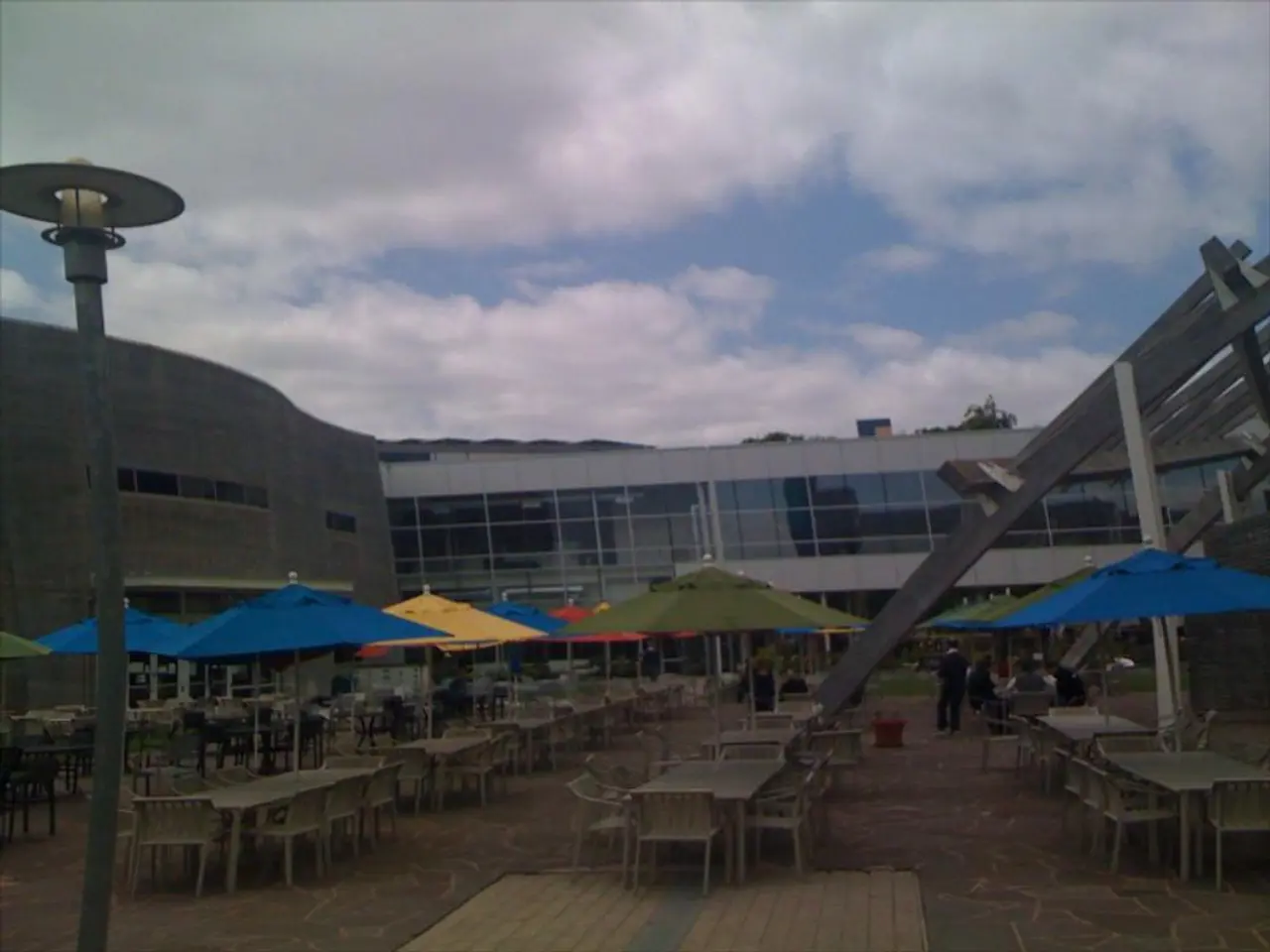Is Benidorm still an all-inclusive chaos? - Benidorm: Still a Haven of All-Inclusive Chaos?
Benidorm, a coastal city in Spain, has long been known as a second home and a refuge for many British tourists. This reputation, however, is evolving.
Traditionally, Benidorm was a haven for classic, package-holiday British visitors who favoured one-week, budget-focused trips. They stayed in specific "English zones" and seldom ventured beyond the traditional areas. But a noticeable shift has taken place. Wealthier, more high-end British tourists are now spending significantly more and exploring the city beyond the traditional areas, seeking a broader experience.
The city's tourism model and iconic high-rise development, which concentrates accommodation and amenities in a compact area, have historically supported mass tourism and package holidays. This dense, vertical urban form, often criticised for its "concrete jungle" look, is actually seen as a form of sustainability. It preserves land, allows good airflow, and provides many sea-view balconies thanks to its wide avenues, contributing to Benidorm having some of the best air quality in Spain.
The local economy heavily depends on tourism, especially from the UK. The shift towards a more affluent tourist profile who explore more of Benidorm has been beneficial for the hospitality sector and employment stability. This transformation likely improves the interaction between tourists and locals since visitors are moving away from isolated "English-only" spots and engaging more with the wider community and culture.
However, the continuing presence of traditional budget tourists means the all-inclusive resort image isn't entirely obsolete but is now part of a broader, more complex tourism mix. The city's reputation as a holiday mecca is worn with pride by many residents, despite its portrayal as a TV comedy series that practices rigorous voyeurism with much joy in cliché.
Didier Bizet, a French photographer, wanted to understand what draws people to such places. His analysis reveals that a place like Benidorm, as a bastion against isolation, has its merits, despite his personal preference for other vacation spots. Benidorm has earned the "Intelligent Tourism Destination" certificate in Spain and was named a "Green Pioneer of Smart Tourism 2025" by the European Commission. In 2024, Benidorm had a record year with almost three million tourists.
Despite the ongoing evolution, Benidorm remains linked to its all-inclusive British tourist reputation. Its high-rise, compact urban model supports sustainable tourism despite mixed views on aesthetics, and this model underpins the evolving relationship between tourists and locals toward greater integration and mutual benefit.
References: 1. Benidorm: The Changing Face of a British Resort 2. Benidorm: The Evolution of a British Holiday Destination 3. Benidorm's High-Rise Architecture: A Form of Sustainability 4. Benidorm: The Economic Impact of a Changing Tourist Profile
British tourists, drawn by Benidorm's changing atmosphere, are finding appeal in its lifestyle, fashion-and-beauty offerings, and travel experiences beyond the traditional areas. Wealthier tourists, seeking a broader experience, are propelling the city's tourism evolution, benefiting the local economy with their expenditures and enhancing the interaction between tourists and locals.
In this transition, the city's reputation as a stylish travel destination is gradually morphing, offering more than just all-inclusive resorts, but preserving its iconic high-rise architecture as a symbol of a sustainable tourism model.




